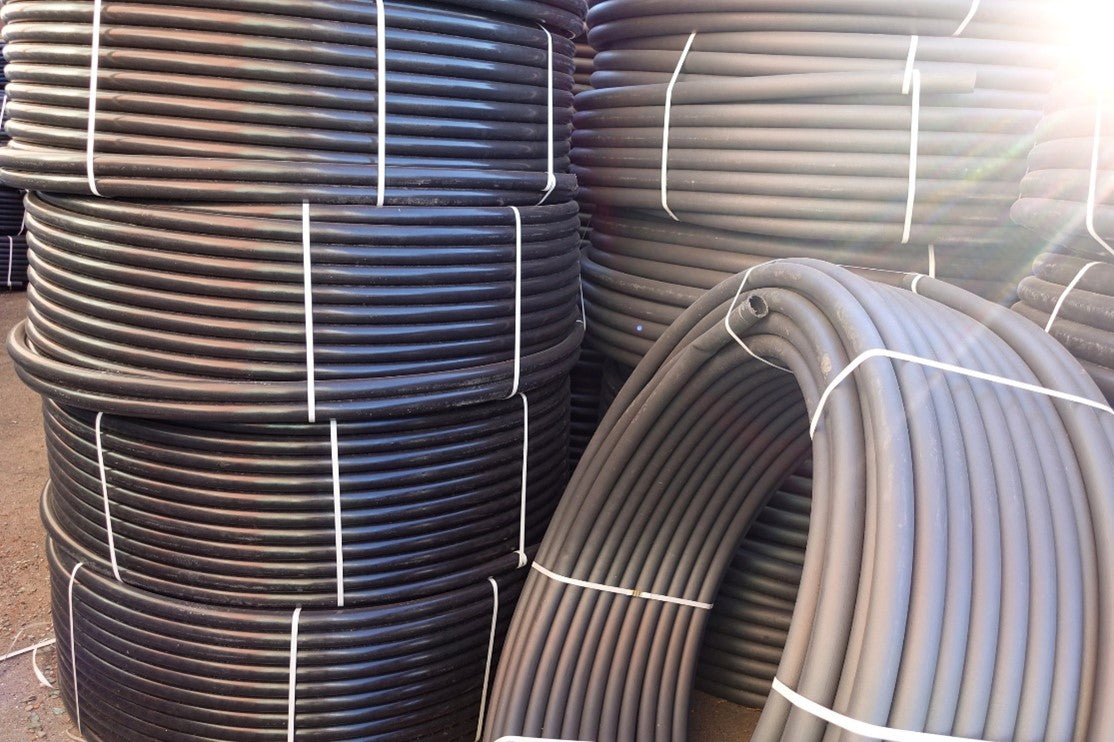
Sustainability and Fluoropolymer Tubing: Balancing Performance with Environmental Responsibility
With a 5.2% annual compound growth rate, the fluoropolymer tubing industry is gaining traction at unprecedented rates. How does fluoropolymer tubing strike a balance between performance and sustainability?
Fluoropolymer tubing has several features that contribute to its low environmental impact: a long lifespan, remarkable resistance to degradation, and recycling potential. Its longevity and degradation resistance are two factors that also contribute to the versatility of this material, proving that exceptional performance and environmental responsibility do not have to be mutually exclusive.
Below, we’ll discuss in detail how fluoropolymer tubing supports sustainability efforts without compromising performance.
Fluoropolymer Tubing Strikes Balances Performance and Sustainability
Fluoropolymer tubing is quickly becoming the way of the future in industries that need tubing with a low coefficient of friction, and luckily, the sustainability of the product was not overlooked when performance outputs were maximized. Any industry that is keen on acquiring a highly capable and sustainable type of tubing should consider fluoropolymer options for the following reasons.
Longevity
Fluoropolymer tubes, prior to their first use, have a shelf life of many, many decades. For reference, a rubber tube will only last for 10 years and metal will eventually corrode and become unusable as well. Even after fluoropolymer tubes have been put to use, the material integrity and tube performance can be reliable for as many as 25 years.
The respectable longevity of this type of tubing allows for fewer replacements, less waste, and a lower production demand than other tubing types, all of which contribute to sustainability.
Resistance to Degradation
Fluoropolymer tubes are also incredibly resistant to degradation by chemicals, UV exposure, and extreme temperatures. As such, they can have applications in almost any industry without fear of poor performance or excessive wear.
This durability and structural integrity enable fluoropolymer tubes to be used for years under harsh conditions without necessitating replacement or leeching harmful compounds into the substances running through them.
There are two main benefits for the environment as a result of this degradation resistance: the material demand will be lower resulting in less environmental impact for manufacturing, and the tubes cannot be a source of pollution to the environment.
Recycle, Recycle, Recycle
Through chemical recycling processes, fluoropolymer tubes can be broken down into their base components which can then be used in new applications. Unlike other recycling processes that break products down into unique byproducts, fluoropolymer tubes are broken down into unchanged monomers, allowing them to be used as brand-new raw materials rather than recycled products.
In terms of sustainability, this means that fluoropolymer tubes in existence are actually a source of raw materials for new fluoropolymer tubes and other products. This alleviates the burden on natural raw material sources and also helps make the end products more affordable. Recycling doesn’t get more efficient than that.
Wrapping Up
The use of fluoropolymer tubing across industries is the best way to blend high performance outputs with sustainable material sourcing. As long as the tubing is used and disposed of responsibly, its lasting effects will be nothing but positive for industry growth and the health of the planet.
